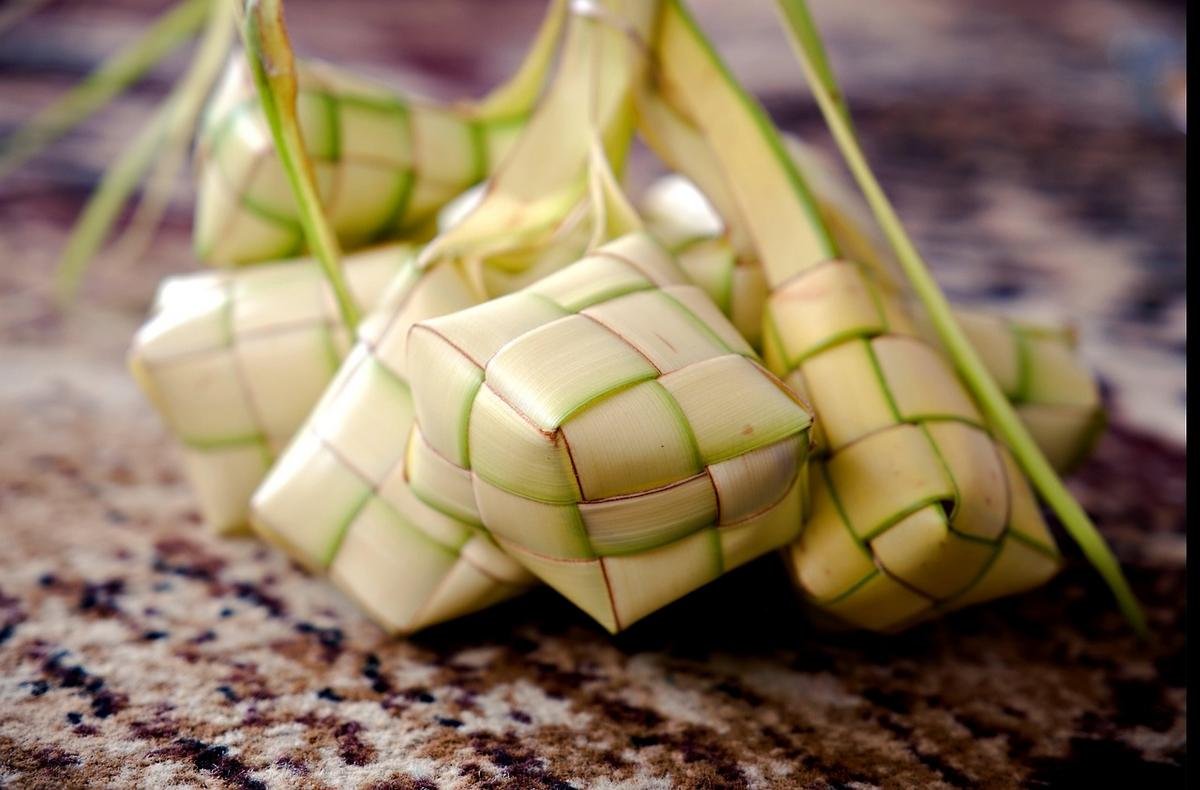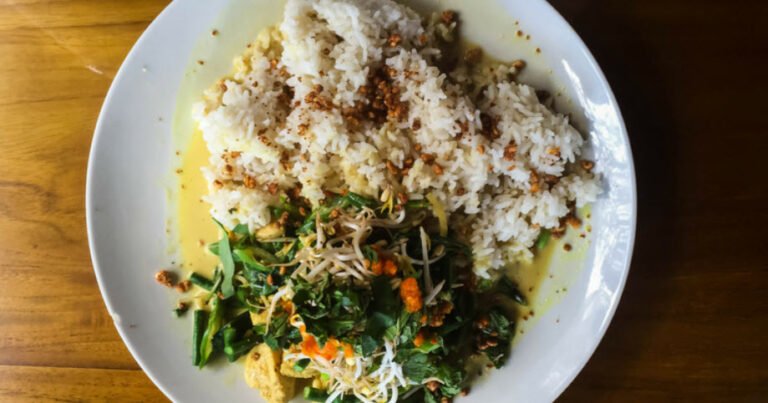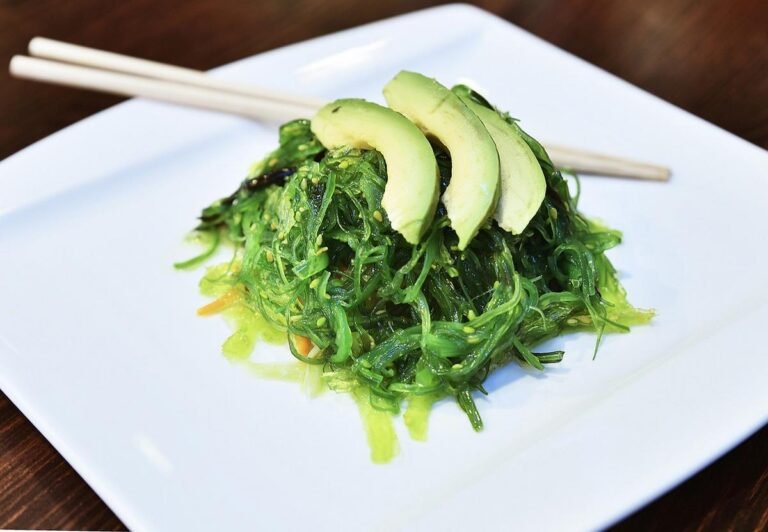Tipat Blayag Delights with Bali’s Leaf-Wrapped Rice, Smoky Wood-Fired Aroma and Spicy Sides
In Bali, Tipat Blayag stands out among the island’s classic rice dishes by pairing simple staples with bold tastes. Unlike standard ketupat parcels, this specialty comes wrapped in long strips of coconut leaf, which gives it a graceful form and an eye-catching look. Cooking takes place over a wood-fired stove, a time-honored method that deepens the flavor and fills the air with a warm, smoky aroma. Presentation plays a key role for Tipat Blayag, with each portion arriving alongside a selection of rich sauces and side items. Thick, spiced broths often feature chicken simmered with local chilies and herbs, or pelalah chicken, which carries a sharp, savory kick. Garden-style urap, crunchy pork rind crackers, and skewered meats lend extra texture. The interplay among creamy rice cake, bold broths, fresh vegetables, and crispy bites creates a satisfying harmony that makes Tipat Blayag an ideal main dish.
Beyond its flavor, Tipat Blayag holds deep cultural meaning in Bali. Communities include it in ritual gatherings and festive observances as a symbol of unity and gratitude, core values in the island’s heritage. Colorful garnishes such as sambal matah, tossed with lemongrass, shallots, and fresh chilies, add brightness to each plate. Local eateries across Bali serve this dish with minimal fuss, highlighting authentic taste without elaborate decor. Regions like Singaraja and Gianyar have earned praise for distinct takes on Tipat Blayag, tweaking spice levels or side offerings to reflect local preference. Each variant adds a personal touch while keeping the essence of layered textures and hearty rice intact, offering diners insight into Bali’s diverse culinary spirit.
Preparing Tipat Blayag demands care at every step. Cooked rice gets packed inside specially cut strips of coconut leaf, then tied tightly for slow steaming. The flames from a wood-fired hearth lend a unique note that modern ranges struggle to match. Smoke from burning wood imparts an earthy scent that blends with the rice as it cooks. Nutritional balance comes from the mix of carbohydrates in the rice cake, proteins in meats and sauces, and fiber in fresh vegetables. Portion sizes tend to satisfy a hearty appetite, making the dish suitable for breakfast, a midday meal, or evening dining. Generous servings fuel body and mind, whether diners seek comfort early in the day or a fulfilling dinner after exploring Bali. Local cooks take pride in each serving.
Travelers often sample Tipat Blayag to gain a genuine taste of Bali. Each bite weaves together bold spices, coconut-scented rice, and fresh condiments. The sambal matah adds tang and heat, balancing creamy broth and chewy rice cake. Diners often sit at humble stalls or small family-run shops while locals chat over plates of this special dish. Eating Tipat Blayag feels like joining in a time-honored practice that speaks of Bali’s spirit and hospitality. As spices linger on the tongue, the setting sun or the island breeze reminds guests of the locale’s beauty. Sampling Tipat Blayag during a Bali visit offers a rich culinary memory.







